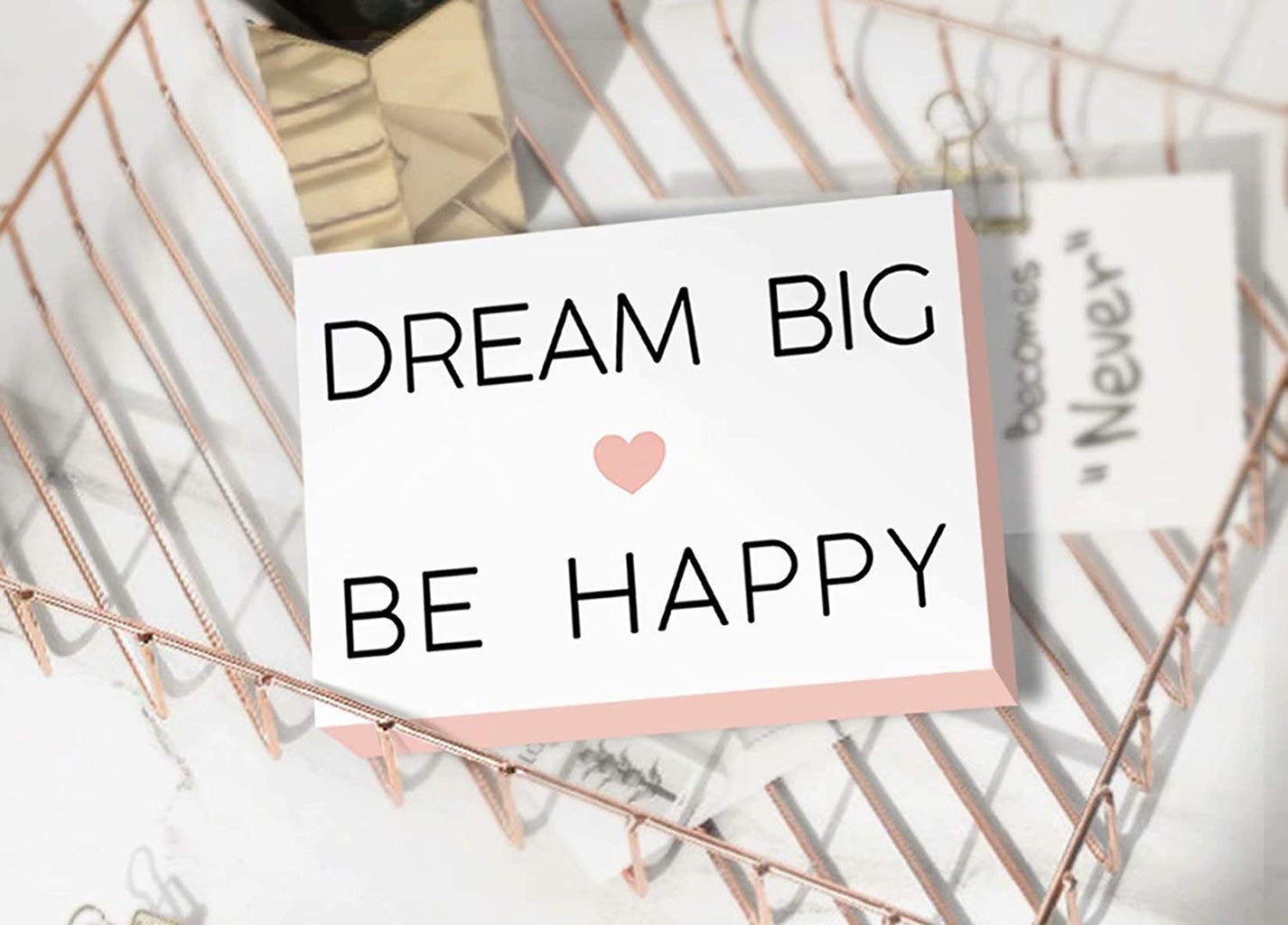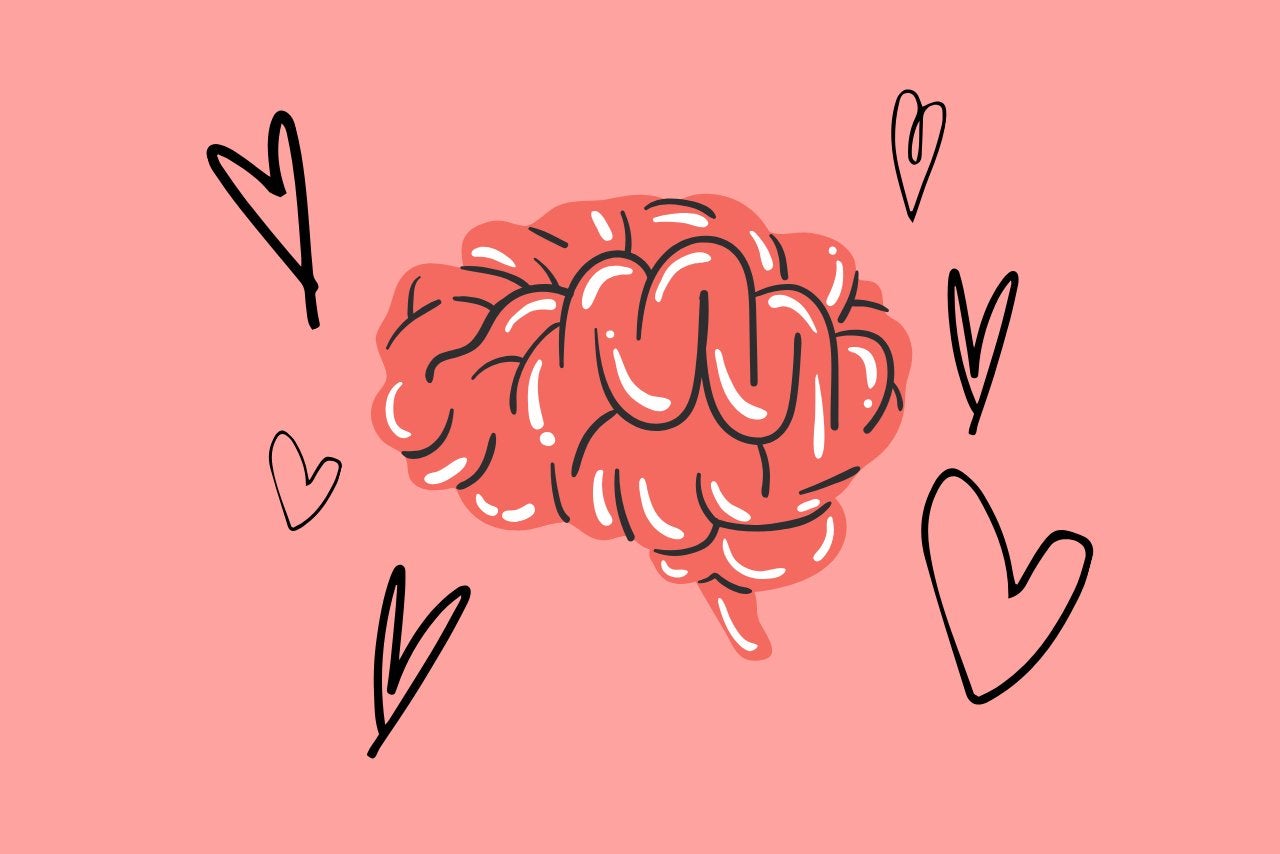MBTI, AKA the Myers-Briggs Type Indicator, has been blowing up recently. Whether it’s just a career aptitude test your teacher made you take in high school, people dropping it in their bios, or just the memes, MBTI has somehow become the new astrology sign. But other than being a good conversation starter, knowing your own and others’ MBTIs can sometimes be a helpful reference when navigating social relationships.
What is it?
Constructed by two psychologists, Briggs and Myers, the MBTI is inspired by Carl Jung’s cognitive functions, which are mental processes that serve as the foundation of one’s personality type. The MBTI test was thus developed as a self-reported questionnaire that aims to assign an individual to a value from four categories. By the end of the test, an individual should receive their personality type in the form of four letters: one of the 16 possible combinations. You can find out your combination here with a quick test, or here if you prefer a lengthier test with more elaborate explanations.
“The four Categories”
The four categories are four pairs of functions, with each acting as a tangent that an individual operates between.
Everyone uses all functions but may prefer to use one function in a pair over the other. Just because someone tests as a “thinker” does not mean they are unable to sympathize with situations.
Extraversion VS Introversion
Unlike their usual usages, extra/introversion in MBTI focuses on how one centers their energy. Extroverts have “outward-turning energy”: they prefer to act then reflect and prefer to direct their flow to outward objects and people. This may explain why they like to spend more time with people and recharge by doing so. Meanwhile, introverts direct their energy within themselves and spend more time pondering over reflections and ideas.
Understanding this has made me understand the importance of “recharging” and “me” time: different people regain their energies differently, and there is no shame in declining hangouts when you know that you recharge better alone.
Sensing VS Intuition

This dimension focuses on how information is understood and interpreted. People who prefer sensing may be more realistic, as they rely on tangible, concrete information (such as past experiences). They also tend to focus on specific details like facts and data.
Meanwhile, people who prefer intuition literally do so by sometimes following a “gut feeling,” and they remember information by connecting them via patterns. They are more interested in the abstract and the “hidden meanings” under the facts and data, making them better at seeing the big picture.
As an intuitive with sensing parents, understanding this has made me more conscious of the way we communicate. I am now more mindful of thoroughly explaining the abstract “hunches” and thoughts I have with them, and I appreciate the way they want me to see the “more realistic” side of my daydreams.
Feeling VS Thinking

This function focuses on decision-making and is pretty self-explanatory with the phrase “following the mind or the heart.” Thinkers prefer to make decisions based on what seems the most reasonable and logical, while Feelers prefer to empathize with the situation and needs of others. This has helped me know whom I can go to if I want solutions to a dilemma I have been facing and whom to turn to when I need emotional support.
Judging VS Perception
This function focuses on how an individual structures their life. Judging styles prefer to have more organisation and structure, whilst perceivers are said to have a more “go with the flow” attitude and have bursts of energy to motivate them. As someone who pivots between the two dichotomies, this has helped me understand my own work ethic and patterns. Instead of forcing myself to work when I am obviously in a bad mood, I take advantage of times when I am in the “flow” and work extra-long hours instead.
Last note: Don’t take this seriously.
As much as the MBTI can be used to understand your surroundings, it is still important to note that it is a pseudoscience and has issues with validity and reliability. It could be used as one of the reference points but not the reference point.
After all, we are all more than four letters.




